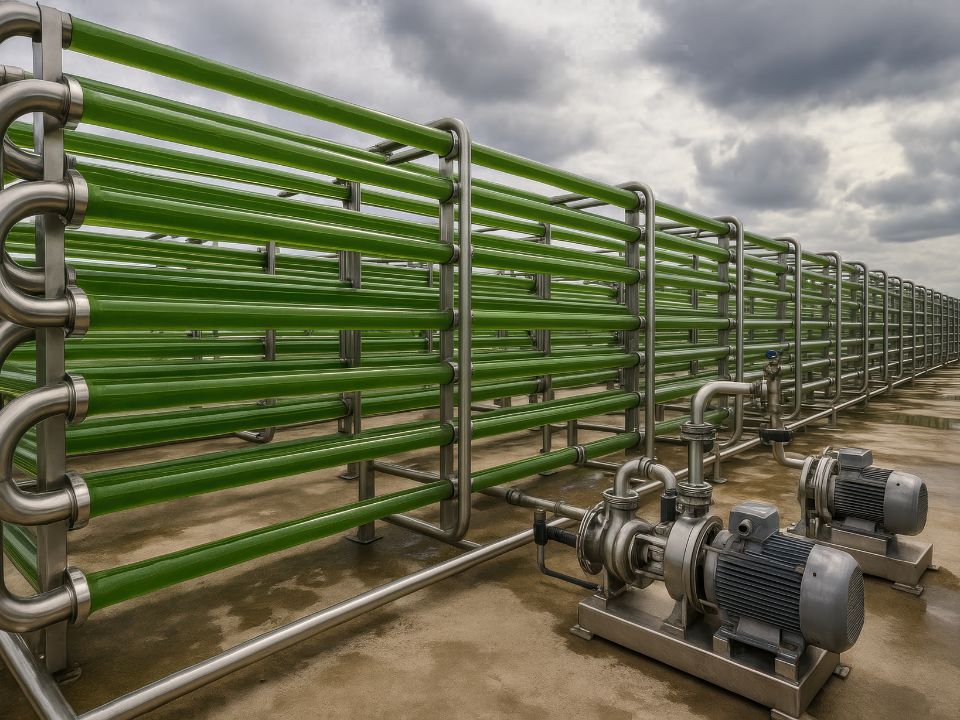Air Liquide announced the successful start-up of the world’s first industrial-scale ammonia cracking pilot unit with a 30 tons per day ammonia to hydrogen conversion capacity at the Port of Antwerp-Bruges, Belgium. This groundbreaking innovation demonstrates a key missing technology brick to a viable pathway for converting ammonia into hydrogen, and unlocks challenges of transportation of hydrogen. This technology proven at the industrial scale for the development of world scale ammonia cracking plants enables access to low-carbon and renewable hydrogen for the decarbonisation of industry and mobility.
The ability to efficiently transport hydrogen over long distances is a persistent challenge in developing a robust global hydrogen economy. Ammonia (NH3), formed by hydrogen and nitrogen molecules, emerges as a valuable hydrogen carrier. It can be cost-effectively produced in regions rich in renewable energy sources, such as solar, hydro, and wind or other low-carbon power. A well-established global infrastructure already exists for the large-scale production, transportation, and utilisation of ammonia. This allows for the export of ammonia from energy-abundant regions to end-users worldwide, where it can then be “cracked” back into hydrogen, providing a crucial component for decarbonising industry and mobility.
